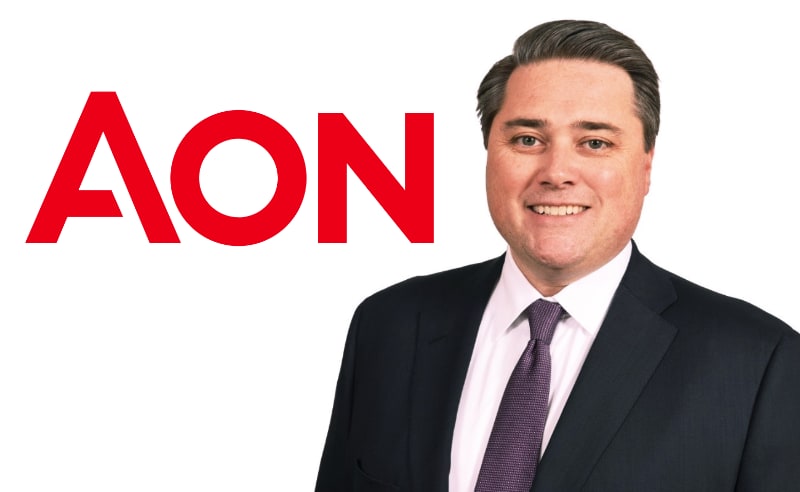ILS rebound a key supply-side driver in property cat: Aon’s Monaghan

The rebound in capital provided by the insurance-linked securities (ILS) market has become a key supply-side driver in the property catastrophe space, according to Joe Monaghan, Global Growth Leader Reinsurance Solutions at Aon.
Discussing market dynamics for the reinsurance renewal and what Aon clients need to be aware of, just prior to this year’s Monte Carlo Rendez-vous, Monaghan highlighted the importance of the rebound in growth of the ILS market, while also highlighting the pricing differentiation it provides as well.
“Capacity has grown steadily this year, with capital entering the market via third party investors aligned with traditional reinsurers, as well as through insurance-linked securities (ILS),” Monaghan explained.
Adding that, “The rebound in the ILS market provides a key supply-side driver in the property catastrophe space, while the delta in pricing sends a clear signal to the traditional sector.”
Importantly, Monaghan highlights the fact that property catastrophe reinsurance has reached rate adequacy for investors.
Here, he is really referring to shareholders and private equity backers of traditional reinsurers, but it stands true for the ILS investment community as well.
“The reinsurance market is now in a more sustainable position ahead of the January 1 renewal,” Monaghan said, adding that this is with, “Rate adequacy for property catastrophe and strong investment returns already driving better results in the first half, despite above average industry natural catastrophe losses.”
But, Monaghan does believe that investors will look to hold onto the gains being made and so reinsurers are set to be more disciplined about pricing, even though capital is building once again.
“Two quarters of higher returns, however, are unlikely to be sufficient to satisfy investors, and we would expect reinsurers to remain disciplined for the foreseeable future,” he said.
Going on to highlight that, “While capacity is sufficient to meet current demand, it is also worth noting that industry sub-sectors are at different stages of the market cycle.
“Some loss-affected markets could face capacity constraints at January 1, although portfolio dynamics have dictated different results, especially for diversifying regions, in the past.”
Monaghan went on to note that challenges persist in property catastrophe reinsurance at the lower attaching layers of risk.
“Reinsurers are now demonstrating increased appetite for property catastrophe business, particularly for middle to higher layers. There are still some challenges in placing lower layers, where insurers’ needs are greatest, but there are also significant opportunities for reinsurers to be viewed as long-term strategic partners at these attachment points,” Monaghan explained.
Looking ahead to the negotiations for the end of year reinsurance renewals, Monaghan said, “Losses in the second half of 2023 may yet influence the January 1 renewal, but clearly the market is now more orderly and predictable. We believe the market should now turn its attention to the pursuit of constructive collaboration and increased client centricity.
“Reinsurance remains a valuable tool for insurers, but there is much the market can do to strengthen its current value proposition and deploy its resources to drive innovation and meet the growing needs of insurers.”
The ILS market is set to play a significant role at the renewals, as ever and the rebound in capital we’ve seen in the space, greatly helped by the strong catastrophe bond market, should ensure ILS’ relevance as a component of these renewals may be higher than ever, even as traditional reinsurance capacity rebuilds itself.






